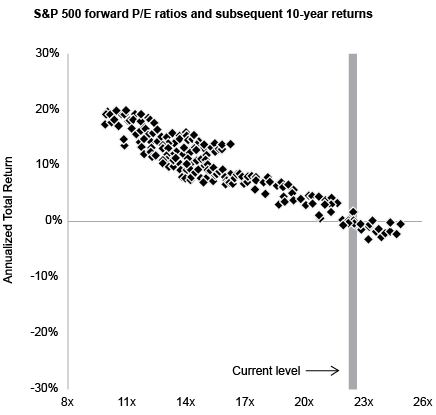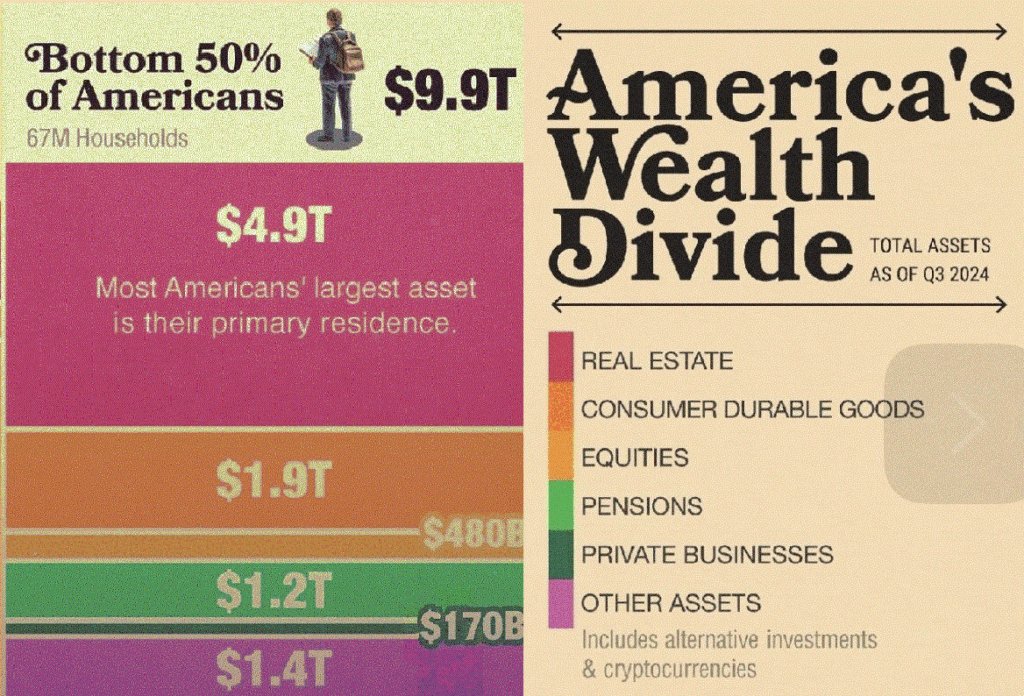2025 began with the market awaiting Trump’s inauguration on 20th January and apprehensively watching the launch of his policies. The power handover process went smoothly, but the subsequent whirlwind of Executive Orders from Trump has left people struggling to catch up and analyze their potential impact on the economy.
10-year UST yields moved sideways in January ending almost at the same level as the beginning. This was a relief for fixed income investors after a steep 40bp move wider in December. Stocks moved higher with the S&P 500 reporting 2.7% returns during the month. Gold was the major outperformer with a strong 6.6% return. Meanwhile, US credit continued to trade rich as US HY spreads tightened again to reach near the multi-decade tights of last November.
Asset valuations and Market structure
We have written previously in our October 2024 newsletter about the relative valuations of fixed income and equity markets. Since then, equity markets have moved slightly higher while fixed income has gone lower (as yields are higher) making the difference even more stark. We talked about how Warren Buffet is selling stocks fast to build a cash war chest. Recently, Howard Marks of Oaktree, arguably among the most respected of credit investors, wrote on the same theme. While he is not an equity expert – and nor are we – the data Howard presents is surely worth examining. In particular, looking at the chart (see below) of S&P 500 Forward P/E versus the next 10 years’ equity returns, whenever Forward P/E has been at the current level of 22.6x, S&P500 returns over the next 10 years have been close to zero.

Another point to note is the increased share of passive investing over the years with a majority of new retail money going into low-cost index tracker funds which track the whole index or the most sought-after stocks such as the Magnificent 7. This has possibly distorted the market structure with very few daring to take the other side in a buyers’ market, pushing valuations unjustifiably higher. According to Apollo and Citadel in this article, this market structure can lead to higher volatility in future amid lower liquidity when the selling eventually starts. One could argue that Apollo and Citadel are speaking for their business, but coupled with Howard Marks’ points, we can see how that might play out – if there is a sharp market correction as the stretched P/E multiples revert, investor confidence may get severely dented and it may take a long time to recover leading to a long period of low returns.
Of course, if inflation stays high and equity markets (representing inflation protected assets) go even higher, then all bets are off, and Warren Buffet and Howard Marks would look stupid. Perhaps Donald Trump wants a good level of inflation, hoping to keep stock markets going? But that would depend on a very unstable equilibrium holding – can consumption still remain solid in the face of persistently high inflation? If consumers lose confidence and cut purchases, the whole game could be over.



